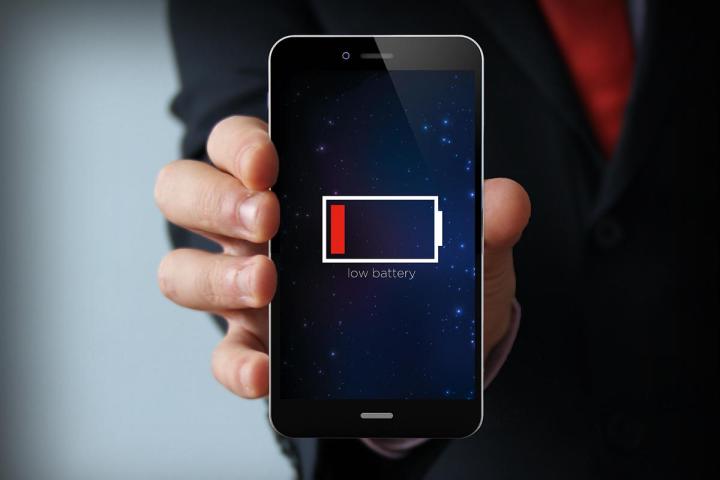
Today’s lithium-ion batteries are getting close to the limit of their usefulness, with larger batteries pretty much the only remaining way to improve longevity. Samsung’s researchers have been focusing on the cathode part of the battery — the part that receives the charge — and think that by replacing the graphite in today’s packs with graphene-coated silicon they can produce batteries that last a lot longer.
There are many different groups working on the battery life problem, and it’s an incredibly complicated area of science. To be able to improve on lithium-ion, new materials not only need to be longer lasting — they also need to be able to withstand thousands of recharge cycles, remain stable and not burst into flames when they’re being used, and be cheap enough to be commercially viable.
That’s a big ask and that’s why we’ve seen a lot of “super battery” technologies appear and then disappear in recent years — getting the mix right is harder than it looks.
Samsung’s research suggests an energy density almost two times that of existing batteries should be possible, so we can all look forward to smartphones that last two days rather than one. What makes Samsung’s breakthrough significant is that its new batteries are stable and durable as well as larger in capacity, because the outer layer of graphene adds protection.
It’s not just smartphones that could benefit either — everything from solar energy plants to Tesla’s electric cars are in line to benefit if Samsung’s team of scientists can make this work.
[Image courtesy of Georgejmclittle/Shutterstock.com]
Editors' Recommendations
- 5 ways the Samsung Galaxy S24 beats the Google Pixel 8
- A surprise phone just beat the Galaxy S24 Ultra in a big way
- iPhone not holding charge? How to replace an iPhone battery
- Samsung Galaxy Z Flip 6: news, rumored price, release date, and more
- Samsung Galaxy Z Fold 6: news, rumored price, release date, and more


